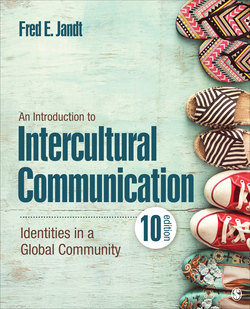Читать книгу An Introduction to Intercultural Communication - Fred E. Jandt - Страница 20
На сайте Литреса книга снята с продажи.
Focus on Culture 1.2 U.S. Census Bureau Definitions of Race
ОглавлениеRacial categories on the U.S. census have varied over the years. These questions are proposed for the 2020 census.
U.S. Census Bureau
Information on race has been collected in every U.S. census, beginning with the first in 1790, but what the U.S. Census Bureau considers as a racial category has changed in almost every census.
For example, according to Gibson and Jung (2002), from 1790 to 1850, the only categories used were “White and Black (Negro), with Black designated as free and slave.” In 1890, categories included mulatto, quadroon, octoroon, Chinese, and Japanese. The 2010 survey raised some concerns in that it included the term Negro in addition to Black and African-American.
During decades of high immigration, Irish, Italians, and many central European ethnic groups were considered distinct races. “Armenians were classified as white in some decades, but not in others” (Hotz, 1995, p. A14).
In the 1930 census, there was a separate race category for Mexican; people of Mexican ancestry were classified later as White and today as Hispanic but could be of any race.
Immigrants from India have gone from Hindu, a religious designation used as a racial category, to Caucasian, to non-White, to White, to Asian Indian.
Michael Omi, an ethnic studies expert at the University of California, Berkeley, described the resulting confusion: “You can be born one race and die another” (quoted in Hotz, 1995, p. A14).
A recent study showed that 9.8 million people in the United States changed their race or ethnicity identity response from the 2000 census to the 2010 census (Lieblier, Rastogi, Fernandez, Noon, & Ennis, 2014).
Huntington predicts that future conflicts will be among civilizations, especially between the West and Islam. There are many critics of Huntington’s thesis, including Paul Berman (2003), who argues that distinct civilization boundaries do not exist today—that is, that national identities have become more important than any civilization identities.
